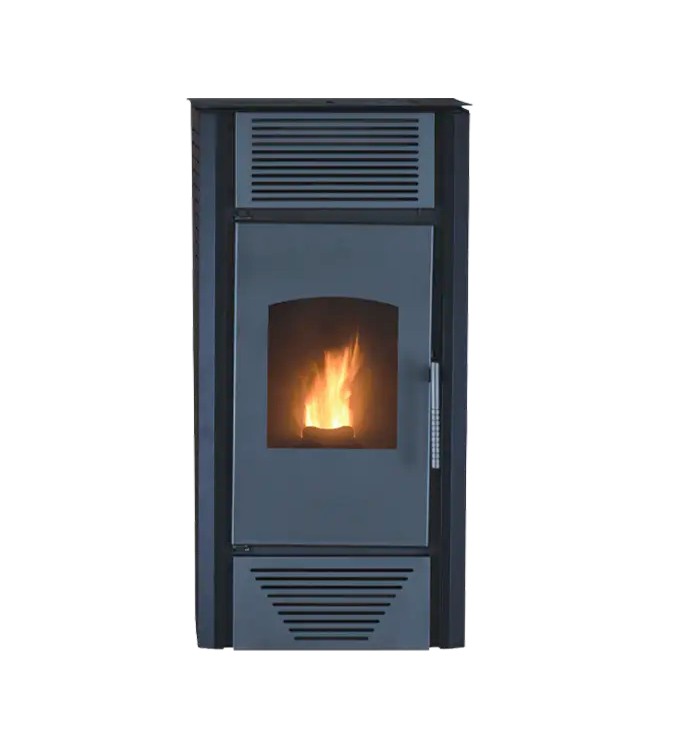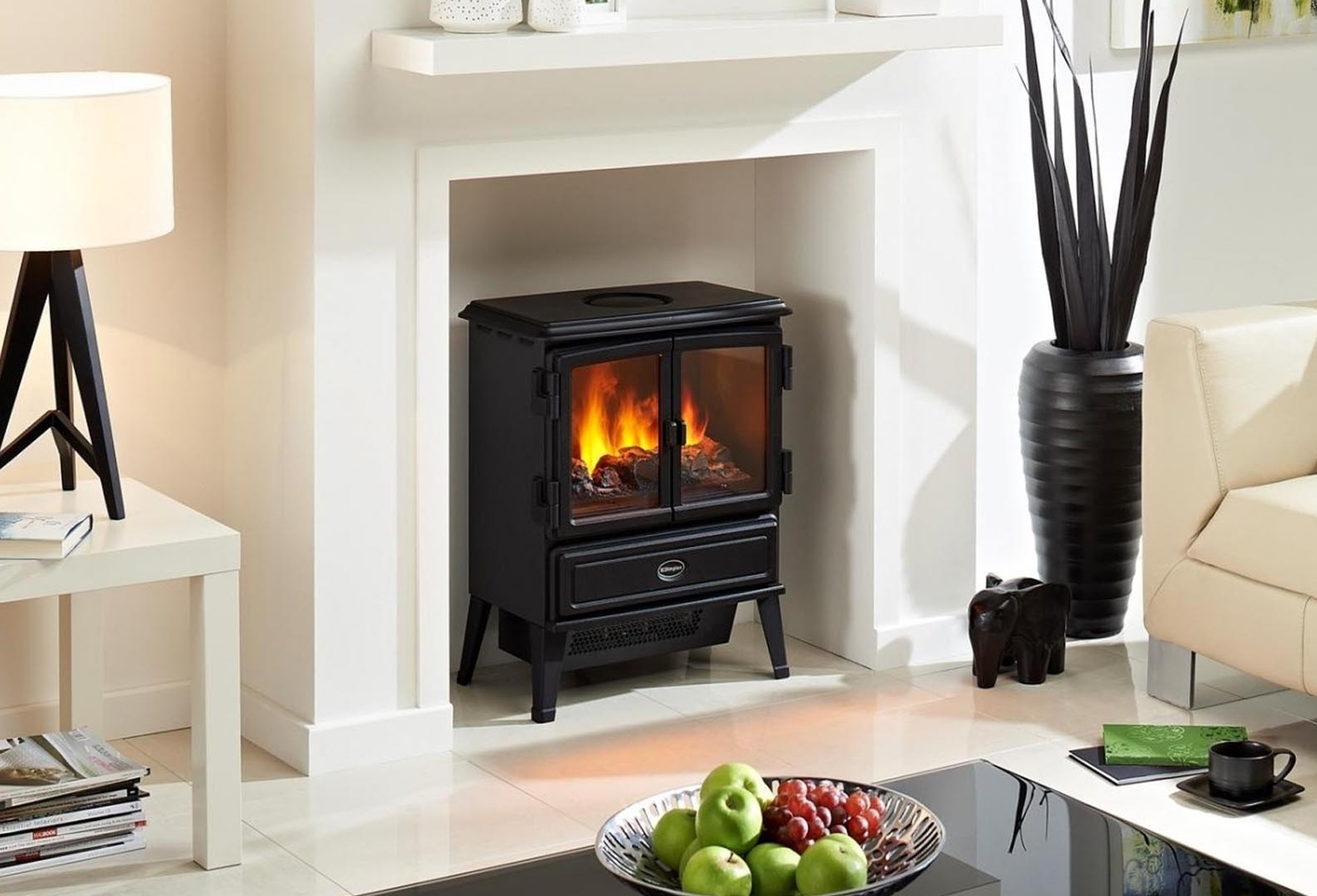Pellet fireplaces can significantly enhance energy efficiency and potentially reduce heating costs compared to some traditional heating methods. One of the key factors contributing to their efficiency is the high combustion efficiency achieved through the use of pellets as a uniform and dense fuel source. The combustion process is often electronically controlled, leading to a more efficient burn compared to traditional wood-burning stoves.
Automation plays a crucial role in optimizing energy usage. Many pellet fireplaces come with automated ignition and temperature control features, allowing users to set desired temperatures. The fireplace then adjusts the pellet feed rate to maintain the chosen heat level. This automation helps in reducing unnecessary energy consumption.
Programmable thermostats further contribute to energy efficiency by allowing users to schedule heating periods. This capability enables homeowners to heat their spaces only when needed, minimizing energy consumption during periods of lower demand.
Pellets themselves are highly efficient and consistent as a fuel source. Manufactured from compressed sawdust and wood waste, pellets offer clean-burning properties and high energy density. Their lower moisture content compared to traditional firewood also contributes to more efficient combustion.
The clean combustion process of pellet fireplaces results in low emissions and minimal ash production. This aspect not only improves indoor air quality but may also be subject to fewer environmental regulations.
Zoned heating is another feature that enhances energy efficiency. Pellet stoves can be used for heating specific areas of a home, allowing homeowners to focus on targeted heating rather than relying on central heating systems to warm the entire space.
Furthermore, the renewable and sustainable nature of wood pellets aligns with environmentally conscious practices. Being made from by-products of the wood industry, pellets contribute to the overall sustainability of the heating system.
Efficient heat distribution is achieved through the design of pellet fireplaces. Built-in fans help circulate warm air throughout the room, ensuring even distribution of heat and maximizing the effectiveness of the heating system.
While the initial investment in a pellet fireplace and the ongoing cost of pellets should be considered, the overall heating costs can be lower compared to certain alternatives. Regular maintenance, adherence to manufacturer recommendations, and consideration of local fuel prices are crucial for optimizing the benefits of pellet fireplaces. In summary, the efficiency and cost-effectiveness of pellet fireplaces make them a compelling option for homeowners seeking a sustainable and economical heating solution.

 0086-574-62766180/62766182
0086-574-62766180/62766182






 English
English 中文简体
中文简体













